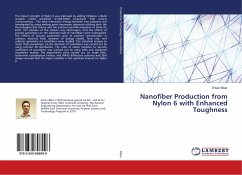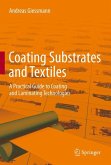Carbon nanofiber (CNF) layers are grown on flat and porous substrates for their application as catalyst supports for chemical and electrochemical gas-liquid-solid catalytic reactions. High yield of carbon is detrimental for obtaining well-attached and homogenously distributed CNFs. The preparation of stable and thick CNF layers involves a compromise between the deposition of a thick C layer and the amount of weakly attached CNFs. The water wetting properties of the samples are more significantly influenced by the CNF layer thickness than both surface roughness and porosity. The growth of CNFs on a porous stainless steel reactor had a significant effect on the catalytic performance. Even without the presence of H2 and Pd nanoparticles, the NO2- ions were successfully reduced. Moreover,a CNF layer and subsequent Pt nanoparticles are deposited on a carbon paper for the electrocatalytic oxygen reduction reaction. The Pt electrochemical surface area, when deposited on CNFs, is much higher than that obtained for commercial Pt/Vulcan. The external oxygen diffusion is higher for Pt/CNFs due to the intrinsic morphology of the CNFs that allows a better accessibility to oxygen diffusion.
Bitte wählen Sie Ihr Anliegen aus.
Rechnungen
Retourenschein anfordern
Bestellstatus
Storno








